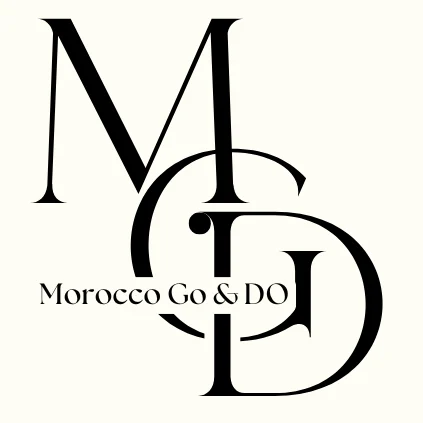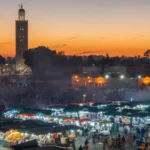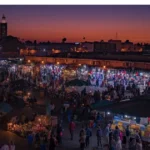Morocco
Where to Go & What to Do
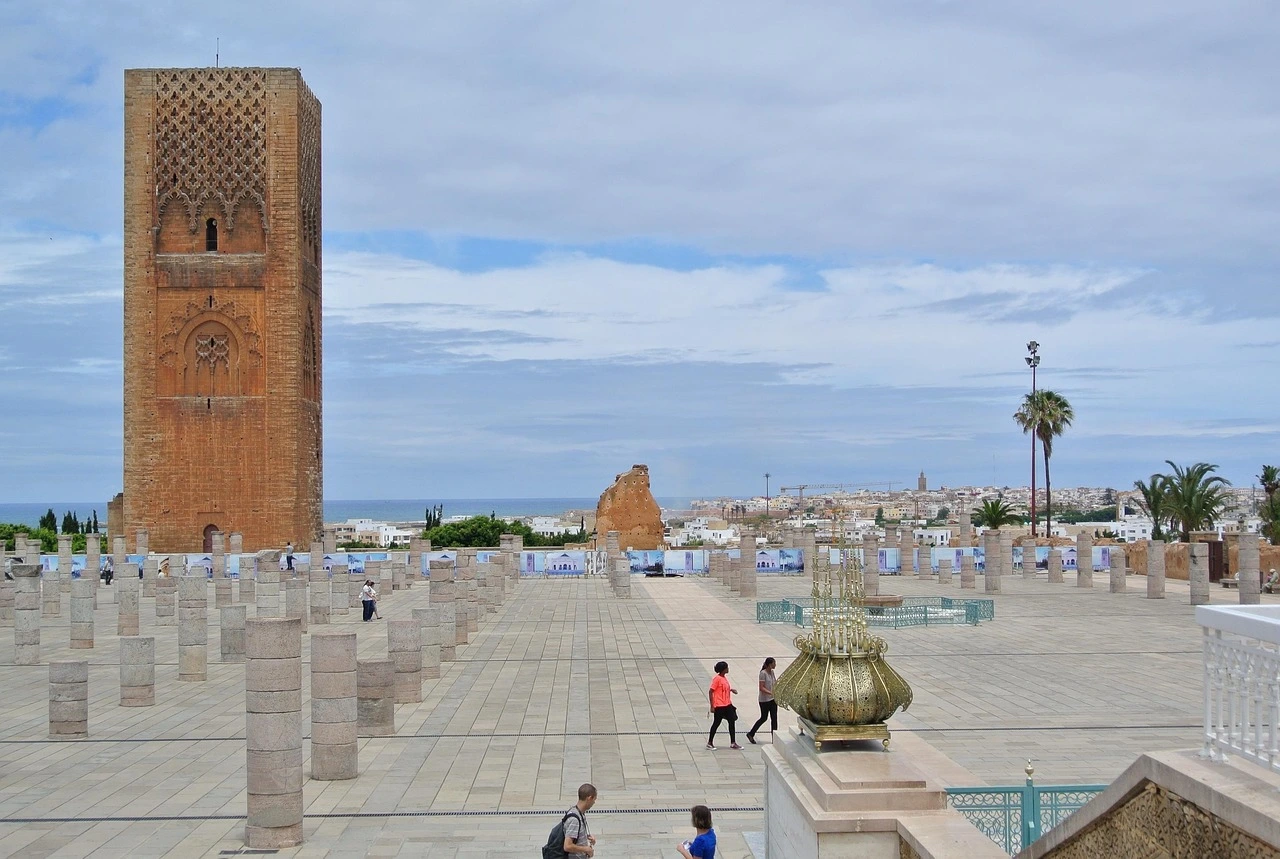
Rabat is the capital of Morocco. It’s a city that holds the nation’s government, culture, and heritage. Founded in the 12th century, Rabat has grown into a lively mix of old history and new dreams.
It’s not just the capital but also a symbol of Morocco’s deep traditions. As the government’s seat, Rabat shows the country’s diverse culture. This article will explore Rabat’s history, geography, culture, and architecture. It will show why Rabat is the heart of Morocco.
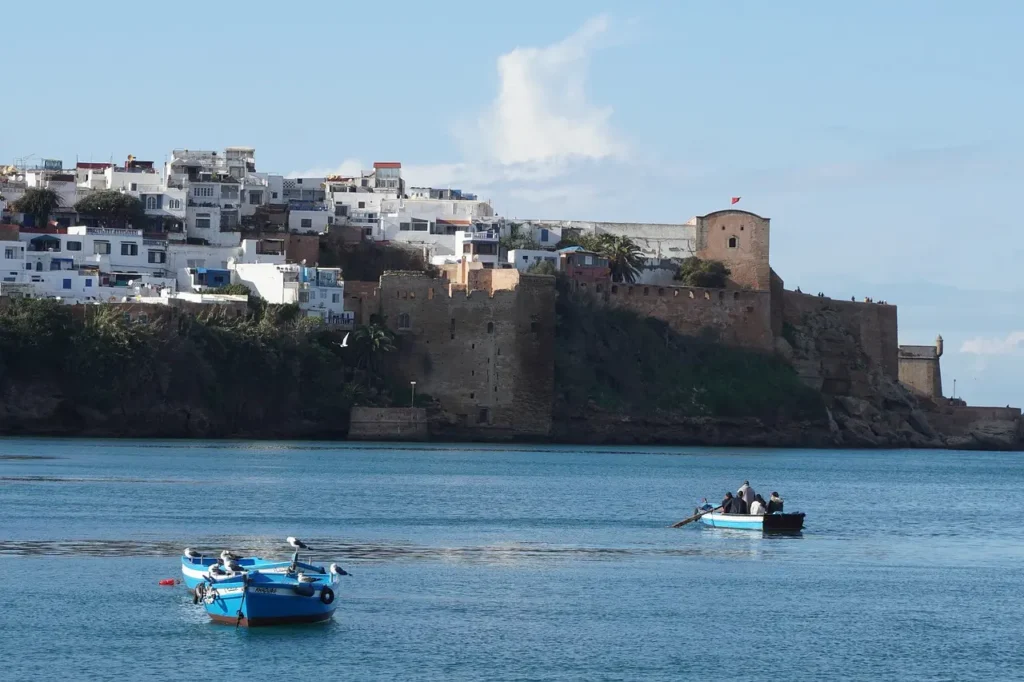
Rabat, the capital of Morocco, is a lively hub of culture and history. It has over 600,000 people, blending old traditions with new life. Situated on the Atlantic coast, it’s a key part of Morocco’s politics and government.
The city is more than just the capital. It’s a mix of ancient ways and today’s life, attracting those who love Moroccan culture. Its history is told through many sites, showing how Morocco has changed over time. Rabat’s buildings show off different styles, reflecting centuries of cultural sharing.
Even though Marrakech and Casablanca get more attention, Rabat is a hidden gem. Its special feel draws visitors, making it a must-see for anyone wanting to know Morocco better.
Rabat is the capital of Morocco, known for its important history and role in government. It is the heart of Morocco’s politics and administration. In 1912, during the French protectorate, Rabat became the capital, starting a new chapter in Morocco’s growth.

Rabat’s location on the Atlantic coast makes it easy to reach and a key spot for trade and diplomacy. It mixes old traditions with new developments, creating a special atmosphere. This mix makes Rabat a key place for politics, with government offices and embassies.
Exploring Rabat shows how it has grown into a modern city while keeping its cultural roots. Visitors will see its beauty in architecture, culture, and society. It’s a city that shows Morocco’s rich heritage and its modern side.
Rabat’s history is a key part of Moroccan history. It started in the 12th century as a military fortress under the Almohad dynasty. Its spot on the Atlantic coast made it a key outpost.
At first, Rabat was mainly a defensive place. But it grew into Morocco’s capital.
Rabat began under the Almohads as *Ribat al-Fath*. It was built to protect the west from invaders. It was also a place for rulers to govern.
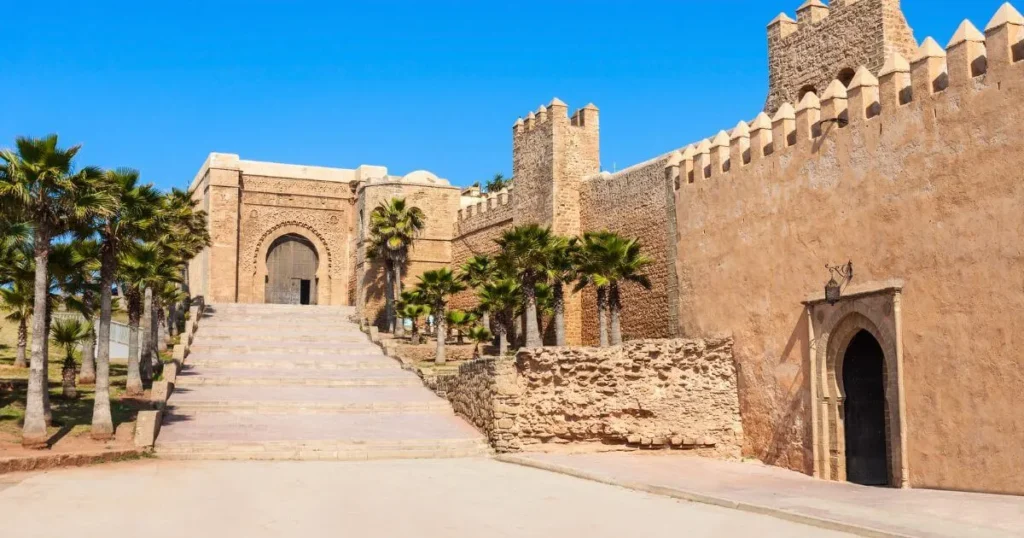
As time went on, the area around the fortress grew. It became a big part of Moroccan history.
Over the years, Rabat changed a lot. It became Morocco’s capital in 1912, under French rule. This time brought new buildings that mixed Moroccan and European styles.
This change showed how Rabat’s story is full of different cultures. It shows how Rabat’s past has shaped its present.
Rabat is a key coastal city in Morocco’s capital. It sits where the Bou Regreg River meets the sea. This spot gives Rabat a mix of fresh and saltwater, leading to a mild climate.
The city’s landscape is a mix of nature and urban areas. It has big beaches, green parks, and historic sites. Hills around the city add to its beauty, making Rabat a unique place.
Rabat is not just a city; it’s a key spot for trade and travel. Its location by the Atlantic Ocean highlights its rich maritime history. The hills around it add to the city’s natural beauty, making it a special place in Morocco.
The culture of Rabat is rich and diverse. It shines through festivals and art that show the city’s deep heritage. Every year, these events draw in both locals and tourists, highlighting Morocco’s capital’s lively spirit.
These celebrations are key in keeping traditions alive. They also welcome new ideas, making Rabat’s culture vibrant and ever-changing.
The Mawazine Festival is a big hit in Rabat. It brings together artists from around the world. This festival is all about sharing music and dance, showing off local and international talent.
It’s a big deal for Rabat’s culture. It shows how music is a big part of Moroccan life.
Rabat is full of galleries and theaters that celebrate Moroccan art. These places let artists share their work, helping people see both old and new styles.
Traditional Moroccan music is also a big part of Rabat’s culture. You can hear it at festivals and community events. This mix of sounds adds to the city’s cultural scene, showing how art is always evolving.
The architecture in Rabat shows the city’s rich culture and history. Each landmark has unique Moroccan architectural styles. People love Rabat’s historical sites, showing its grand past and building skills.
The Kasbah of the Oudaias shows the *Moorish influence* in Moroccan architecture. Built in the 12th century, it gives a peek into ancient Rabat’s life. Its colorful streets lead to stunning views of the Bou Regreg River.
The kasbah’s tile work and doors show off Moroccan craftsmanship. It’s a key spot for those interested in Rabat’s architectural history.
The Hassan Tower was meant to be the world’s largest minaret. Started in the 12th century, it was never finished. Today, it stands as a symbol of its creators’ dreams.
At 44 meters tall, it’s a key part of Rabat’s skyline. Visitors come to learn about its *historical significance*. The nearby Mausoleum of Mohammed V adds to its beauty, mixing old and new Moroccan styles.
The Royal Palace is the Moroccan king’s home. It’s a mix of royal tradition and modern design. Its grand gates and facade show Moroccan elegance.
The palace’s grounds and gardens are worth exploring. They highlight the monarchy’s role in Morocco. The Royal Palace is a key part of Rabat’s architecture.
Rabat’s food culture is a vibrant mix of history and diverse influences. The city is known for its traditional Moroccan dishes. These dishes show the culinary artistry of the region.
With careful blending of spices and flavors, Rabat offers a unique dining experience. This experience is enjoyed by both locals and visitors.
Tajine and couscous are beloved traditional dishes in Rabat. Tajine is a slow-cooked stew with aromatic herbs and various ingredients. Ingredients can include lamb or vegetables.
Couscous is often served with tajine. It’s steamed semolina with savory sauces and vegetables. These dishes nourish the body and bring diners into the heart of Moroccan cuisine.
Moorish influences are clear in Rabat’s cuisine. They add spices like saffron and cumin, and slow cooking techniques. This mix of flavors shows how cultures blend in Rabat’s food culture.
Food lovers can see these influences in Rabat. They make the city’s food culture unique and enchanting.
Rabat’s transportation has grown a lot, offering many ways to get around. Knowing how to move around the city is key, especially for newcomers. Modern systems and walk-friendly areas have made getting around easier and more fun.
There are many ways to get around Rabat. Walking is great in some areas because of nice sidewalks and views. Cycling paths are also becoming more common, helping people stay healthy while commuting.
The city’s design makes it easy to move between neighborhoods. This makes exploring Rabat’s lively vibe a breeze.
In Morocco, Rabat has a wide range of buses and a new tram system. Buses are cheap, and the tram is fast, thanks to its own tracks. These upgrades show Rabat’s effort to make moving around the city better and easier.
The capital of Morocco is Rabat. It has been the country’s administrative and political center since 1912.
Rabat is important because of its rich history and cultural heritage. It’s also the seat of government. The city blends modern comforts with traditional architecture, making it fascinating.
Rabat became Morocco’s capital in 1912, during the French protectorate. Its location on the Atlantic coast was key to this decision.
Rabat started as a military fortress in the 12th century by the Almohad dynasty. It grew into Morocco’s political capital, influenced by its colonial past.
Rabat sits where the Bou Regreg River meets the Atlantic Ocean. It has hills, beaches, and green spaces, contrasting with the dry surroundings.
Rabat celebrates the Mawazine Festival annually. It’s a music festival that highlights the city’s lively arts scene and cultural variety.
Rabat is home to landmarks like the Kasbah of the Oudaias, Hassan Tower, and the Royal Palace. Each tells a unique story of history and culture.
Rabat’s food is known for its bold flavors and spices. Dishes like tajine and couscous show the city’s diverse cultural influences.
Rabat has trams and buses for public transport. The city is also making efforts to be more walkable and bike-friendly, improving mobility.
